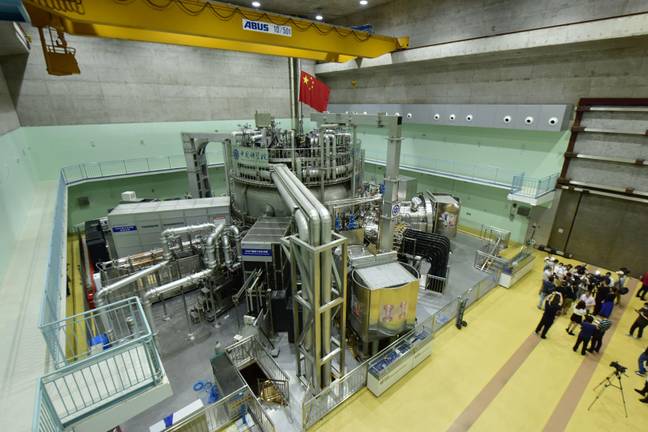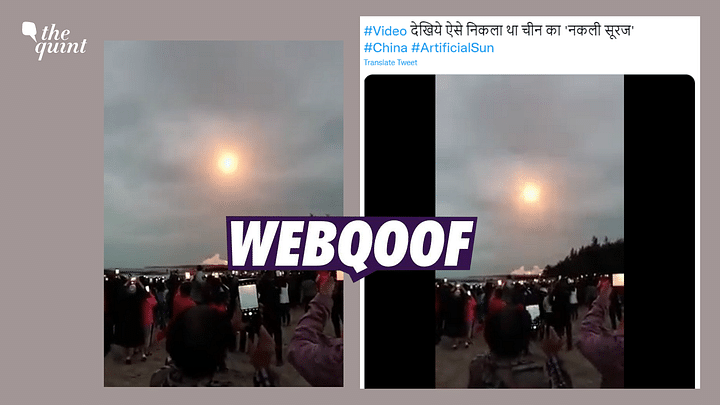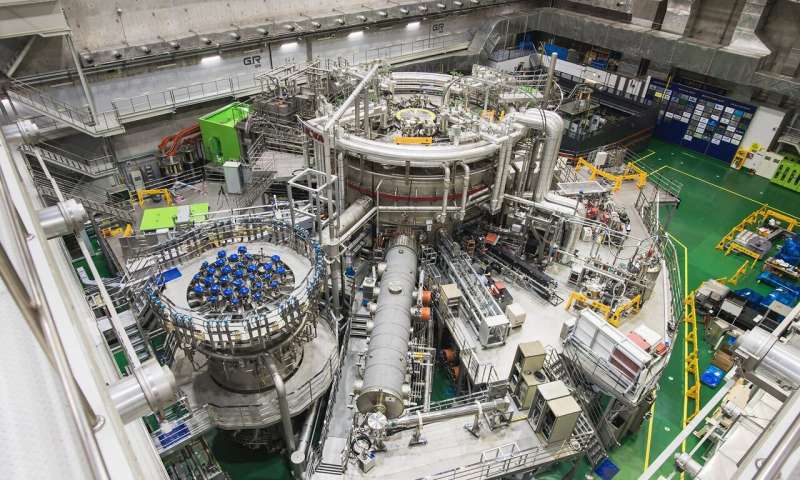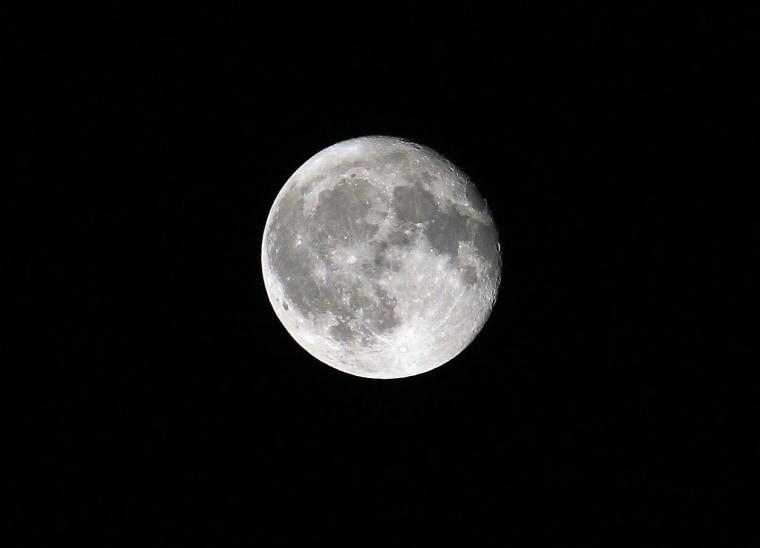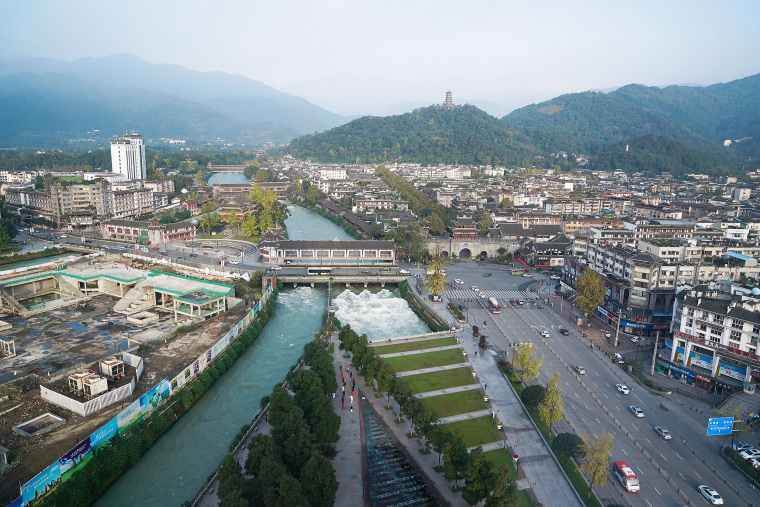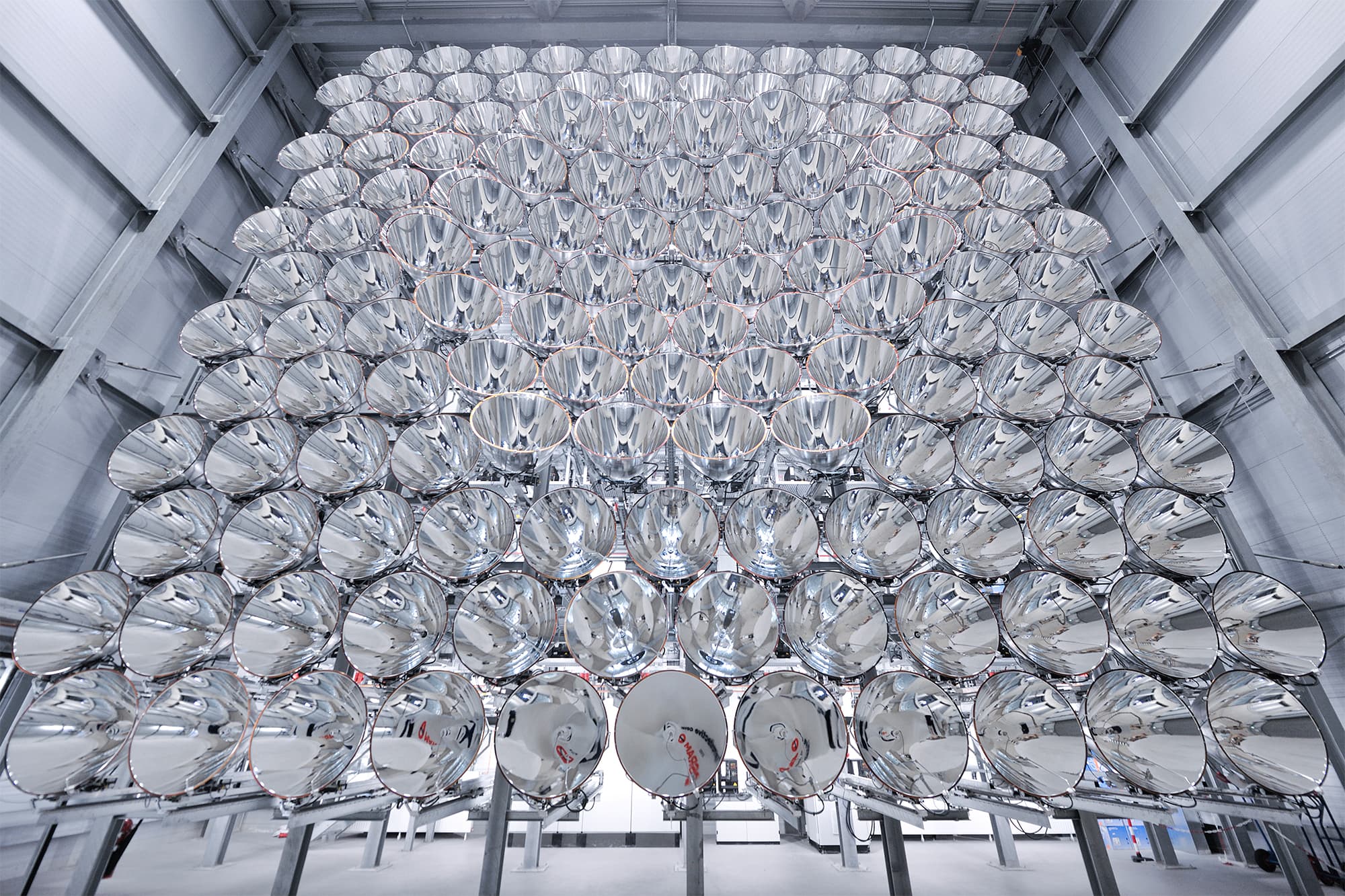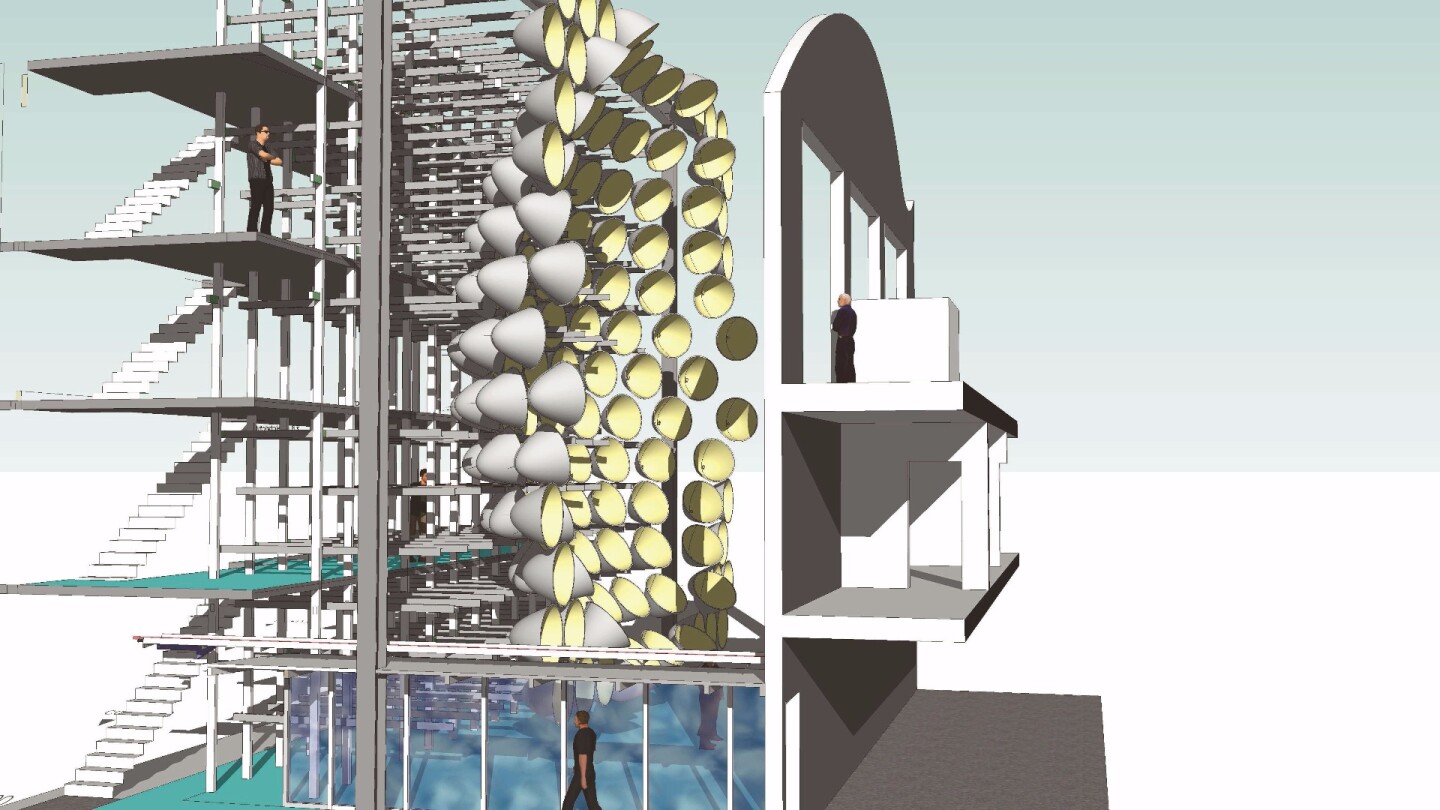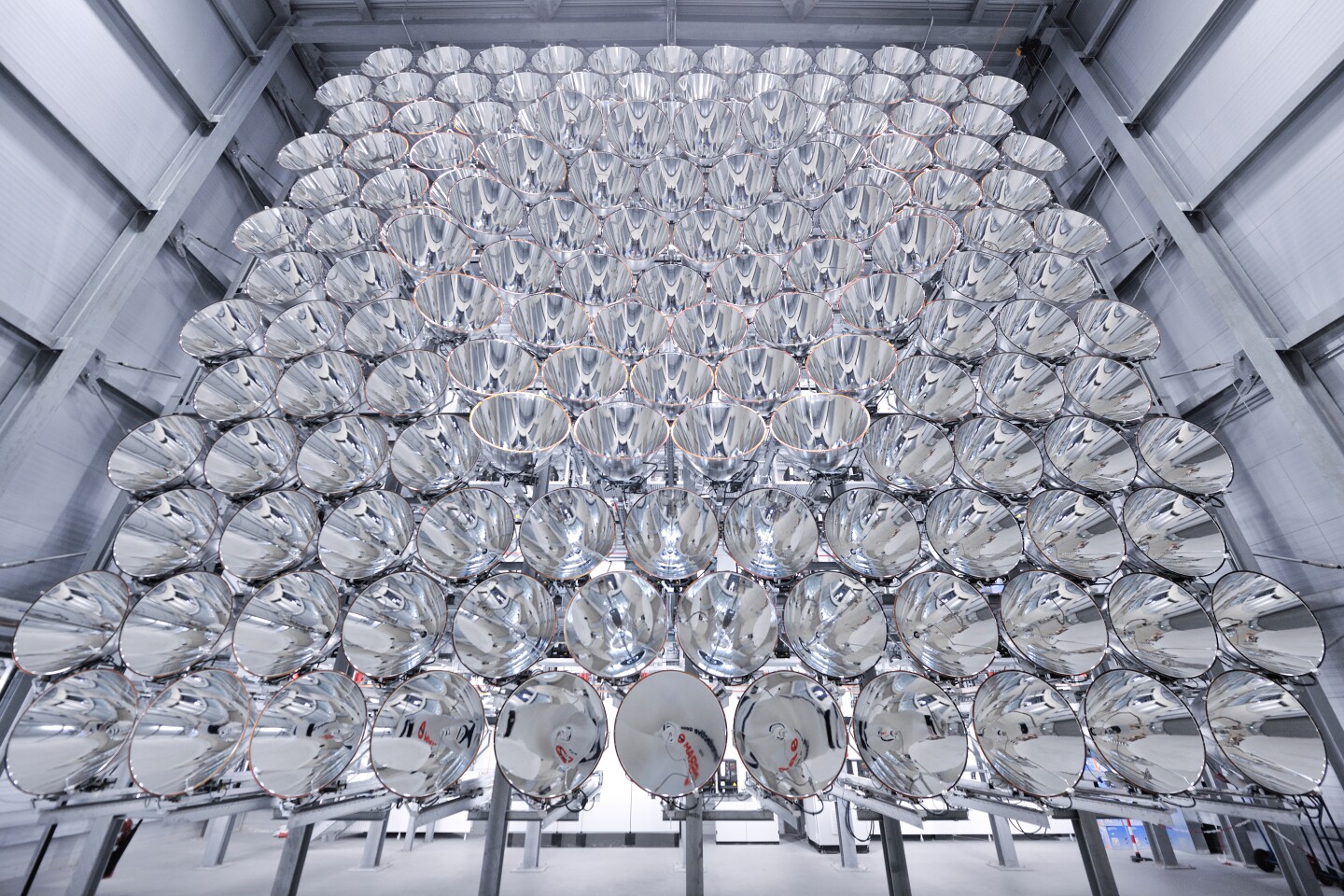
UPDATE ADDED 6/18/23
The scientists claim they are trying to create a “more dependable” source of energy than the sun. Seriously. They claim that all these countries, testing, launching and operating all these false Sun’s that are 5 or 10 times hotter than our real sun don’t affect the our earth’s environment and do not contribute to global warming. They claim that there are no sun simulators in the sky. LOL.
Scientists LIE!! Governments LIE!!! GLOBALISTS LIE!!! YOU are being lied to.
The truth is that science is working everyday on experiments and developments that put us and our Earth in danger! Though it makes no sense to our human mind that anyone would want to destroy the EARTH, the truth is these people are not human!! They are obseessed!! They are possessed! They are working with dark forces to STEAL, KILL and DESTROY!
The bible says over and over again, that in the last days the SUN, MOON and STARS will not give their light. They will be darkened.
The elite who rule the world know that this is coming. They have been so busy creating the lies and deception. They want you to believe that life is a simulation. Don’t believe me… just post this in your search engine:
spacer
Nothing is real we live in a simulation
spacer
UPDATE ADDED 6/18/23
spacer
In this next video, of course, we are told that China (and any other country) has never launched a fake sun. Though we have photos and videos that show otherwise. We also learn that China is “planning’ to launch artificial meteors, which they had planned to launch in 2020 but supposedly had to postpone. LOL No doubt other nations have launched artificial meteors and that is why we have been seeing so many in the last decade. The video also tells us that China is collaborating with all nations. Which of course we already know from the evidence seen. The video assures us that even though China is so advanced, a win for China is a win for all. MORE NEW WORLD ORDER PROPAGANDA!! Don’t believe what they tell you, believe what can be plainly seen with our own eyes!!
ALL GOVERNMENTS are currently working together under the control of the UN who undermined ALL NATIONAL SOVERIGNTY and holds the strings for the NEW WORLD ORDER. Beware because in the eyes of the UN China is the role model.
spacer
Joel 3:15 The sun and moon will grow dark, and the stars will no longer …
spacer
spacer
spacer
spacer
spacer


Proof of the artificial sun simulator
1 year, 4 months ago

An artificial sun? I guess the Chinese don’t give a sh!t about climate change. Who and how would one go about doing impact studies of such a thing? 😲😲😲
Wtf? Why is nobody talking about this? It happened on the 11th & could be seen all the way to the Philippines, which saw 2 suns in the sky. Because the earth is flat, otherwise they wouldn’t have been able to see it. Just saying.Forget mother nature let’s create an artificial sun! A nuclear fusion reactor in china has set a new record for sustained high temperatures after running five times hotter than the sun for more than 17 minutes, according to state media. The experimental advanced superconducting tokamak (east), known as an “artificial sun”, reached temperatures of 70,000,000c during the experiments, the Xinhua news agency reported. The ultimate aim of developing the artificial sun device is to deliver near-limitless clean energy by mimicking the natural reactions occurring within stars which are just lights of plasma. “the recent operation lays a solid scientific and experimental foundation towards the running of a fusion reactor,” said gong xianzu, a researcher at the institute of “plasma” physics, yes they know the sun, moon & stars are all plasma lights, of the Chinese academy of sciences, who led the latest experiment. The east project, which has already cost china more than $1 trillion, will run the experiment until June.
🔥🔥🔥
GALATIANS 6:7 Do not be deceived: God is not mocked, for whatever one sows, that will he also reap.✝️✝️✝️
7 months, 2 weeks ago



The enormous machine, which looks like an insect’s eye, uses 149 lamps to simulate sunlight, making it a handy tool for testing things like solar panels or generating clean energy. Scientists threw the switch on the world’s largest artificial sun on Thursday, which happened to be the birthday of the fellow who designed it. “I had tears in my eyes today,” says project manager Kai Wieghardt of the German Aerospace Center. “It’s my baby, and it’s really the first time in my life that something I drew in my notebooks has been built in the same manner.”The $3.8 million array stands 50 feet tall and fills a three-story building in Juelich, Germany. Scientists can focus the 350-kilowatt honeycomb of xenon short-arc lamps on an area as small as 61 square inches and create 10,000 times the solar radiation that would otherwise shine on that spot. And the temperature on that spot? Up to 5,400 degrees Fahrenheit.
That kind of power comes in handy when you want to test the effect of solar radiation on things like satellites. But what really excites scientists are the possibilities for using that intense heat to split water into hydrogen and oxygen to produce a clean source of energy. Of course, the scientists monitor their work with cameras, because the intense light and heat would kill a human
3 months, 3 weeks ago



Humanity’s attempt to manipulate Earth’s climate and life support systems is the absolute epitome of unbridled hubris.
4 months ago
 5510:09
5510:09It’s not just the WEF that is trying to implement an artificial sun. NASA has patented it. Here is the evidence.
2 months agoSPACE

VIDEO FOOTAGE
spacer
Joel 3
The sun and the moon shall be darkened, and the stars shall withdraw their shining. The LORD also shall roar out of Zion, and utter his voice from Jerusalem; and the heavens and the earth shall shake: but the LORD will be the hope of his people, and the strength of the children of Israel. So shall ye know that I am the LORD your God dwelling in Zion, my holy mountain:
spacer
Violence shall no more be heard in thy land, wasting nor destruction within thy borders; but thou shalt call thy walls Salvation, and thy gates Praise. The sun shall be no more thy light by day; neither for brightness shall the moon give light unto thee: but the LORD shall be unto thee an everlasting light, and thy God thy glory. Thy sun shall no more go down; neither shall thy moon withdraw itself: for the LORD shall be thine everlasting light, and the days of thy mourning shall be ended. Thy people also shall be all righteous: they shall inherit the land for ever, the branch of my planting, the work of my hands, that I may be glorified. A little one shall become a thousand, and a small one a strong nation: I the LORD will hasten it in his time.
spacer

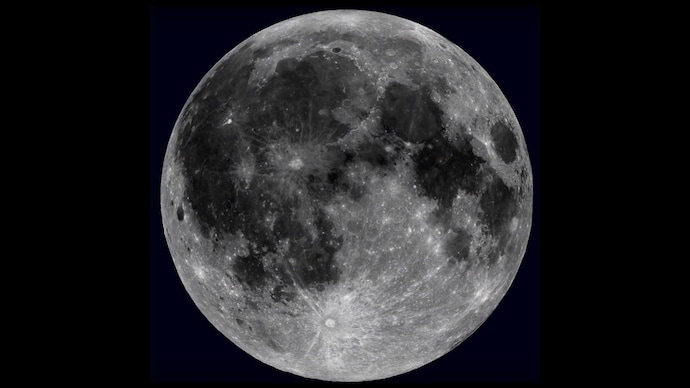
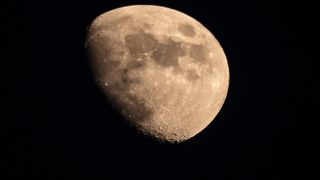

.png)
